You are here
Physique Solaire et Stellaire
https://smsc.cnes.fr:443/COROT/
COROT (COnvection and ROtation stellar and planetary TRansits) is a mission mainly led by CNES aiming at seismic observations of stars and the search for exoplanets. It was launched at the end of 2006 from Baikonur on a low polar Earth orbit for an initial duration of 3 years. It has finally been operated until the end of 2013 and scientific exploitation continues.
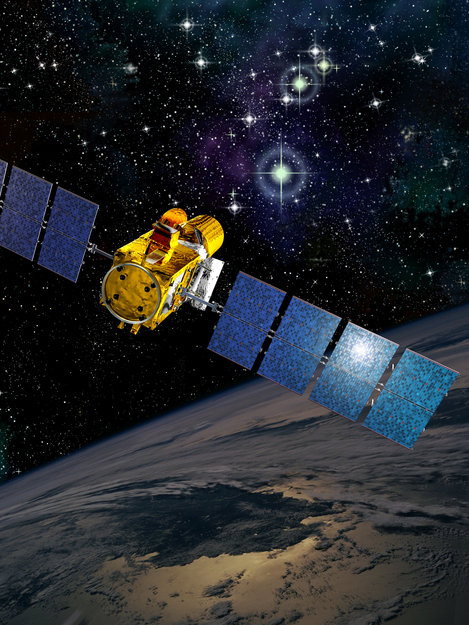
Data access: http://idc-solar.ias.u-psud.fr/
STEREO (Solar TErrestrial Relations Observatory) is a NASA mission composed of two nearly identical spacecraft that provide us with unprecedented three dimensional views of our Sun. STEREO was successfullly lauched by a Delta II rocket on October 25, 2006 at 8:52pm EDT from Cape Canaveral in Florida.
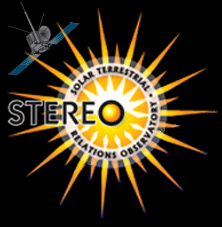
https://sohowww.nascom.nasa.gov/
Data access: https://idoc.osups.universite-paris-saclay.fr/medoc/
The SOHO mission (Solar and Heliospheric Observatory - ESA/NASA) was conceived for the study of the internal structure of the Sun, the heating of its atmosphere and the origin of the solar wind. It was launched by the end of 1995 from Cape Canaveral.
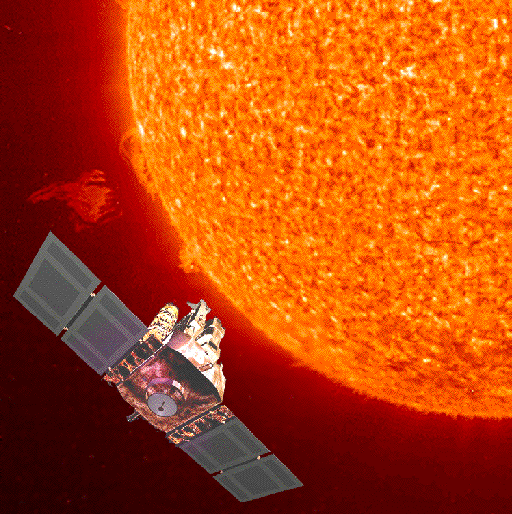
Data access: http://medoc-sdo.ias.u-psud.fr/
SDO: The Solar Dynamics Observatory is the first mission to be launched for NASA's Living With a Star (LWS) Program, a program designed to understand the causes of solar variability and its impacts on Earth. SDO is designed to help us in understanding the Sun's influence on Earth and near-earth space by studying the solar atmosphere on small scales of space and time and in many wavelengths simultaneously.
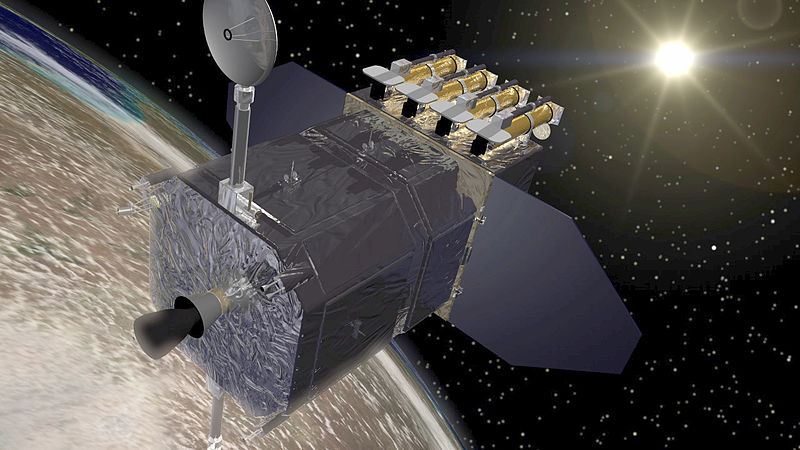
https://smsc.cnes.fr:443/PICARD/
PICARD is a survey on the simultaneous measurement of the absolute total and spectral solar irradiance, solar diameter and shape, and the interior of the Sun by helioseismologic survey.
These measurements obtained throughout the mission will enable study of their variations as a function of solar activity.
Contact: P.Boumier
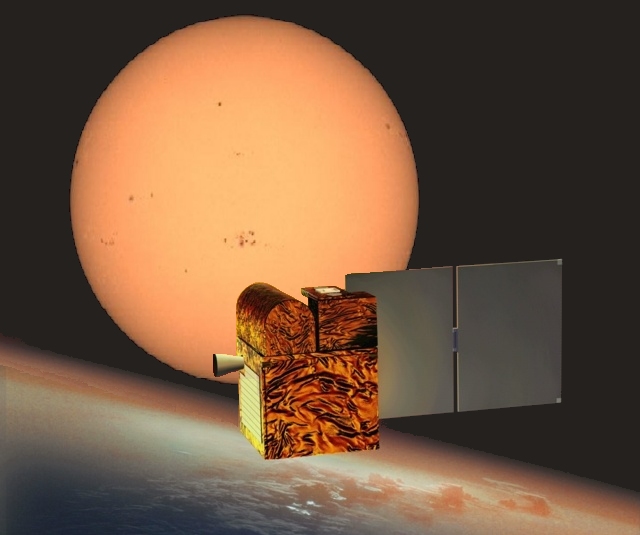
Solar Orbiter is a mission for the study of the Sun and its heiosphere. It was selected as the M1 mission of the ESA Cosmic Vision program. Launch is expected in 2020.
Solar Orbiter will be the first satellite for the exploration of inner parts of our solar system, allowing a continuous observation (in co-rotation) of active regions of the Sun and providing close-in observations of the polar regions of our star.
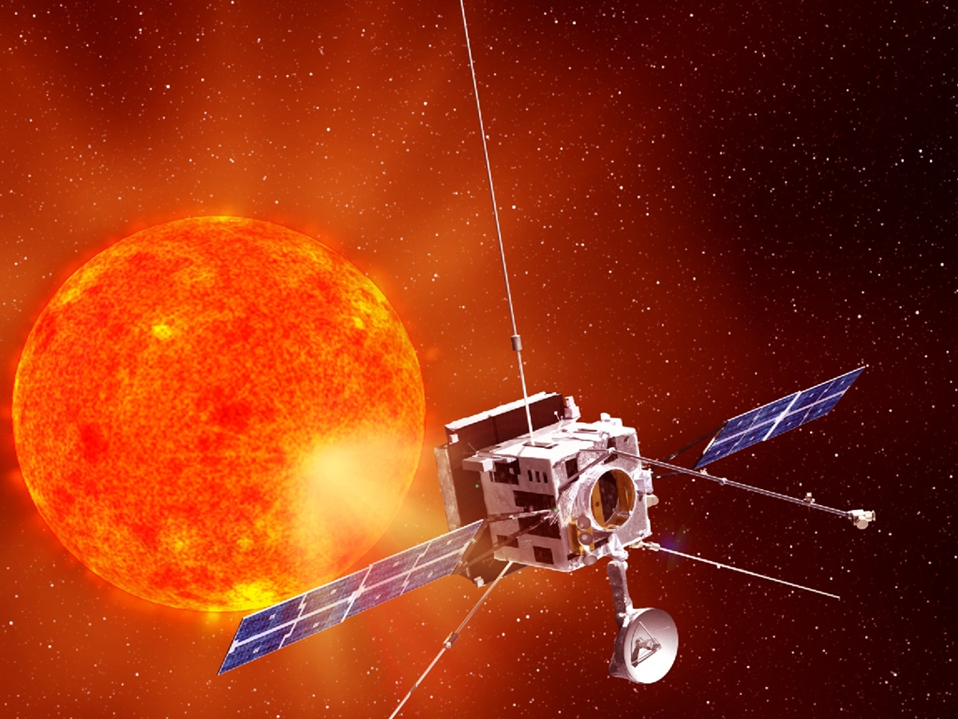
Solar Dynamics Observatory (NASA, lancée en 2009) est la première mission lancée par le programme "Living With a Star" de la NASA, conçu pour comprendre les causes de la variabilité solaire et ses impacts sur la Terre par l'étude de l'atmosphère solaire sur de petites échelles d'espace et de temps et dans de nombreuses longueurs d'onde simultanément.
Comme d’autres missions d’observation solaire, SDO comprend un imageur du Soleil en extrême ultra-violet, AIA (Atmospheric Imaging Assembly), dont des membres de l’équipe analysent et interprètent les données. Données qui sont par ailleurs mis à disposition dans MEDOC.
Contact: E. Buchlin
Accès aux données: http://medoc-sdo.ias.u-psud.fr/

Site principal de la mission : https://smsc.cnes.fr:443/PICARD/Fr/
Cette mission CNES (lancée en 2010) est consacrée à la mesure simultanée de l'irradiance solaire, du diamètre solaire, et de l'intérieur du Soleil par sondage héliosismique.
Des membres de l’équipe en sont Co-I pour les aspects sismologie de cette mission d’observation du Soleil. Ses données sont archivées et mises à disposition à MEDOC.
Contact: P. Boumier
Accès aux données: http://idoc-picard.ias.u-psud.fr

PLATO (PLAnetary Transits and Oscillations of stars) a été sélectionnée comme mission M3 du programme Cosmic Vision de l'ESA. Le lancement est prévu en décembre 2026. Son but est de décrire les systèmes stellaires observés et d'en caractériser les planètes.
L'équipe sera fortement impliquée dans le segment sol (ainsi que dans l'analyse scientifique).
Contacts: M. Ollivier (pour la partie exoplanètes) et T. Appourchaux (pour la partie stellaire)




